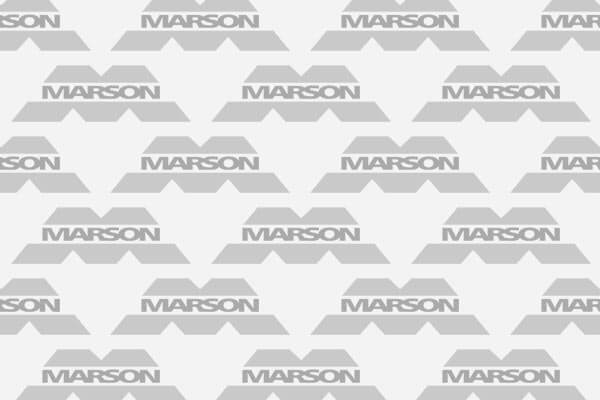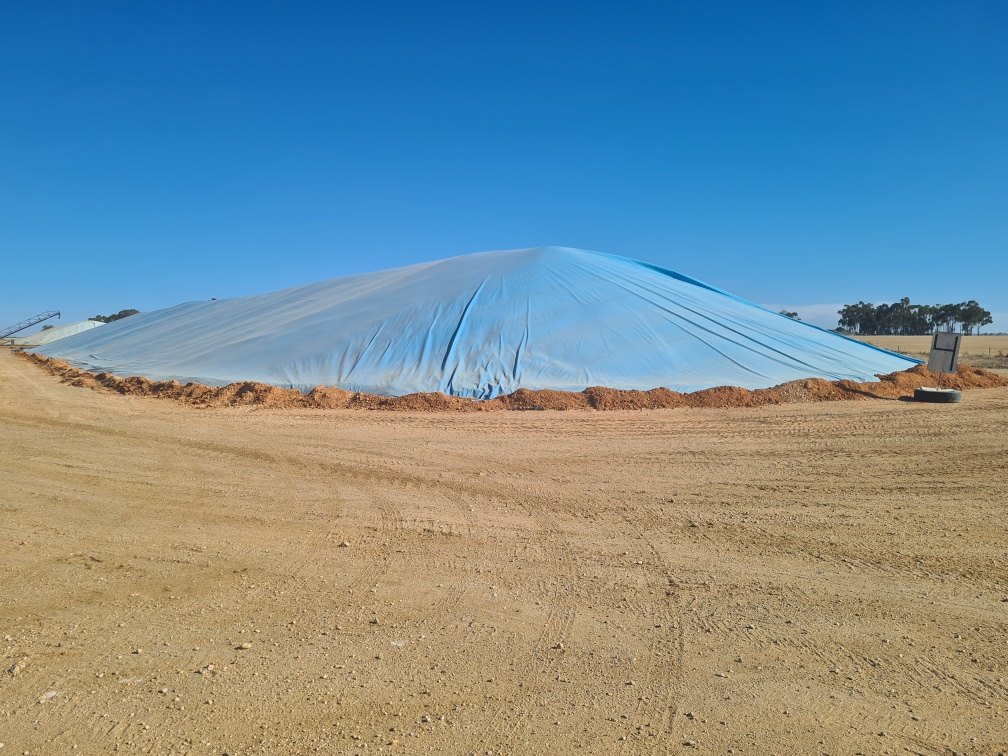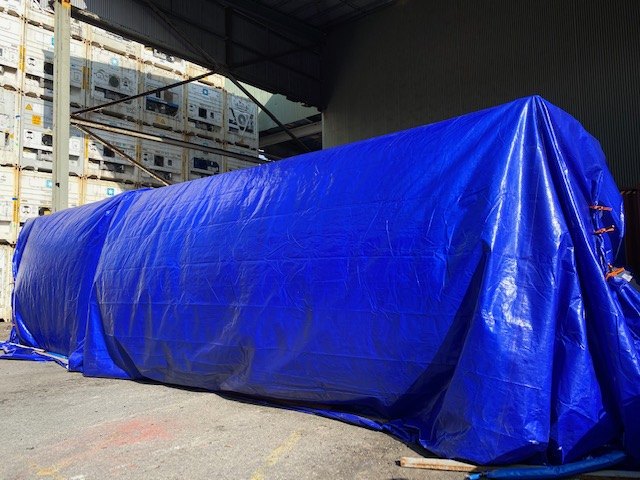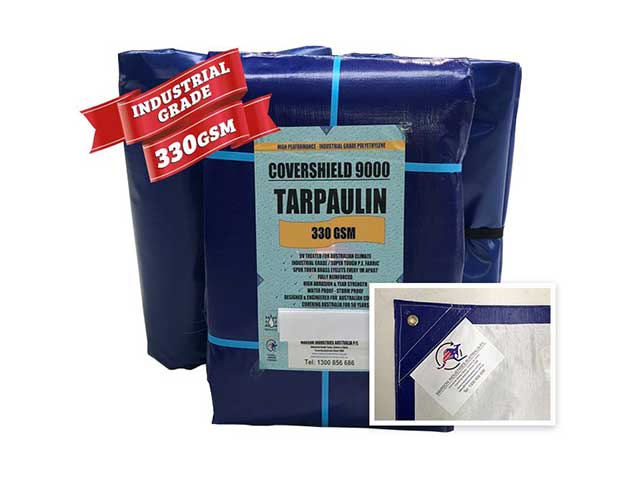Tarps, Covers & Liners. Industrial Textile Fabrication.
Marson Industries Australia Pty Ltd
8 Liquid Containment Facts That You Need To Know

Ensuring that chemical spills do not occur in industrial areas is vitally important to the effective functioning of a company. Unfortunately, for the majority of workers, determining how to complete this task is quite challenging. This is not because they are not aware of how to contain liquid; no, industrial workers are aware of how to contain liquid in liquid containers. The challenge lies in the substance being contained as all chemicals have various features and, thus, require different containers for effective storage.
To ensure the correct container unit is utilized, it is vital that various considerations be made beforehand including such issues as the characteristics of the unit. This article will act as a guide to these considerations and will provide information on at least 8 liquid containment facts.
- 1. The Weight Of The Container
One of the 8 liquid containment facts to consider is the weight of the containment unit, also known as a spill bund. This fact is one that goes hand in hand with the portability of the unit. For a bund to be portable, it is essential that industrial workmen are able to transport the unit from one area to the other. Lighter weights are easier to move and require fewer movers irrespective of the amount of liquid in the unit.
- 2. The Version Of The Container
Liquid containers have been used for several generations; however, the one difference between the modern and traditional bund is the weight and portability. Traditional units are heavier, larger with thick metal presentation; whereas, the new version is lighter, smaller (in some instances) with thinner sheets. It is considered that the traditional unit would be more beneficial for chemical containment, but this is not necessarily true. Certain metal sheets are as durable as the heavier sheets making them as effective.
When choosing a container, it is important to consider the version of the bund as this will influence several usage features.
- 3. Ease Of Navigation And Use
One of the important features to consider when looking at liquid containment units is the ease of use. Unfortunately, the majority of individuals tend to ignore this aspect; not necessarily on purpose, but it is ignored when it should be acknowledged. When choosing the ideal spill bund, the ease of navigation and use will influence the effectiveness of worker’s use. Remember, a worker is more likely to work harder if they are able to navigate the unit more easily around the factory.
- 4. The Different Form Of Spill Bund
One factor that needs to be acknowledged in the 8 liquid containment facts is that there are different forms of bunds available for usage. While many individuals think that the large booms merely sit on the water and skim water and chemicals into the bund; one must realize that there is far more to this than just skimming. In fact, the multiple forms of these bunds make it simpler for workers to use with chemicals being spread evenly across the liquid containment unit.
- 5. Protection From Chemical Spillage
Arguably one of the greatest fears for all workers in an industrial setting, working with chemicals of course, is the fear of chemical runoff. The runoff or spillage can result in damage to the ground or, and hopefully this will not occur, to a worker who is near the container. By using an effective liquid containment unit, the workers are able to store the hazardous substances in a secure area eliminating the chance of chemical runoff.
- 6. Protection From Environmental Damage
While it is mentioned above that the liquid containment units will prevent spillage within the factory; it should be noted that spill bunds are also able to prevent the spillage of hazardous chemicals in the outside world. Chemical packaging is known to deteriorate over time, which means that there is a risk of chemical leakage. If the chemical packaging breaks without being in spill bunds, the substances will spread both throughout the property and into the grounds; thus, running off into external sewage systems. This will cause considerable environmental damage.
- 7. The Amount Of Liquid Contained
When choosing a liquid containment unit, it is important to consider the amount of liquid that can be held in the bund. This correlates with the size factor; however, there is also an association with portability which can be a drawback. Typically, portable spill bunds are unable to hold large amounts of liquid; therefore, it is necessary to purchase more units than would be required if the bund was fixed.
As can be imagined, larger units will offer larger substance-holding capacities; therefore, one should consider this size bund when working with sizeable projects. This will save space and reduce expenses.
- 8. Durable Coating For The Container
Typically, materials used for liquid containment units will be durable enough to hold all contents of the tank. The height should be adequate to meet the unit’s capacity with at least 10% space above the liquid limit line. Of course, for a bund to be resistant to hazardous chemicals, it is necessary for the container to have an additional acid-resistant coating. Always consider this when purchasing a liquid containment unit.
Share this post



